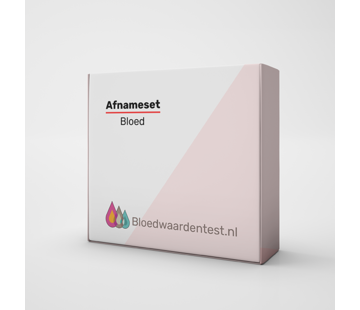Lipodens lipoprotein profile
This LipoDens lipoprotein profile says more than just measuring cholesterol. It is an important test for anyone who wants a thorough analysis of their lipid metabolism, specifically targeting the smaller, denser forms of LDL cholesterol, known as sdLDL.
Sober lancing: Blood sampling on an empty stomach (about 12 hours of fasting)
Synonyms: Small dense LDL, LDL cholesterol subfractions, lipoprotein subfractions, LDL subclasses
Best alternative to the old VLDL test.
Categories: Lipid metabolism, Cardiovascular risk markers, Metabolic diseases in adulthood
These small, dense LDL particles are strongly associated with an increased risk of heart attacks - up to 3 to 7 times higher - regardless of total LDL cholesterol levels.
So this test is particularly valuable if you want more specific information about your cardiovascular health, in addition to standard cholesterol measurements.
The test not only provides basic values but also interprets them in a broader clinical context. This means you not only get your numbers, but also an explanation of what they mean for your health, giving you a deeper understanding of your risk for cardiovascular disease. This makes it a powerful tool for both those already familiar with lipid disorders and those at increased risk for these conditions.
Measurement method: electrophoresis (ELPHO) and ultracentrifugation (ULTRAZ) are used to establish a detailed lipoprotein profile. Accredited according to ISO 15189
What is the difference between VLDL and sdLDL
VLDL is like a truck that carries fats from your liver to different parts of your body. These fats are primarily used for energy.
sdLDL is another type of fat package. These are smaller and heavier than most other fat packets. You can think of them as small, heavy balls that can more easily get stuck in the walls of your blood vessels.
Because sdLDL is so small and dense, it can more easily get into the walls of your blood vessels and stick there. This contributes to the buildup of "plaque" - a type of gunk made up of fat, cholesterol, and other substances. This gunk can narrow or even block the blood vessels, which can lead to heart disease.
So, although VLDL mainly carries fats around for energy, sdLDL is more problematic because it can contribute to the clogging of your blood vessels, increasing your risk of cardiovascular disease.





